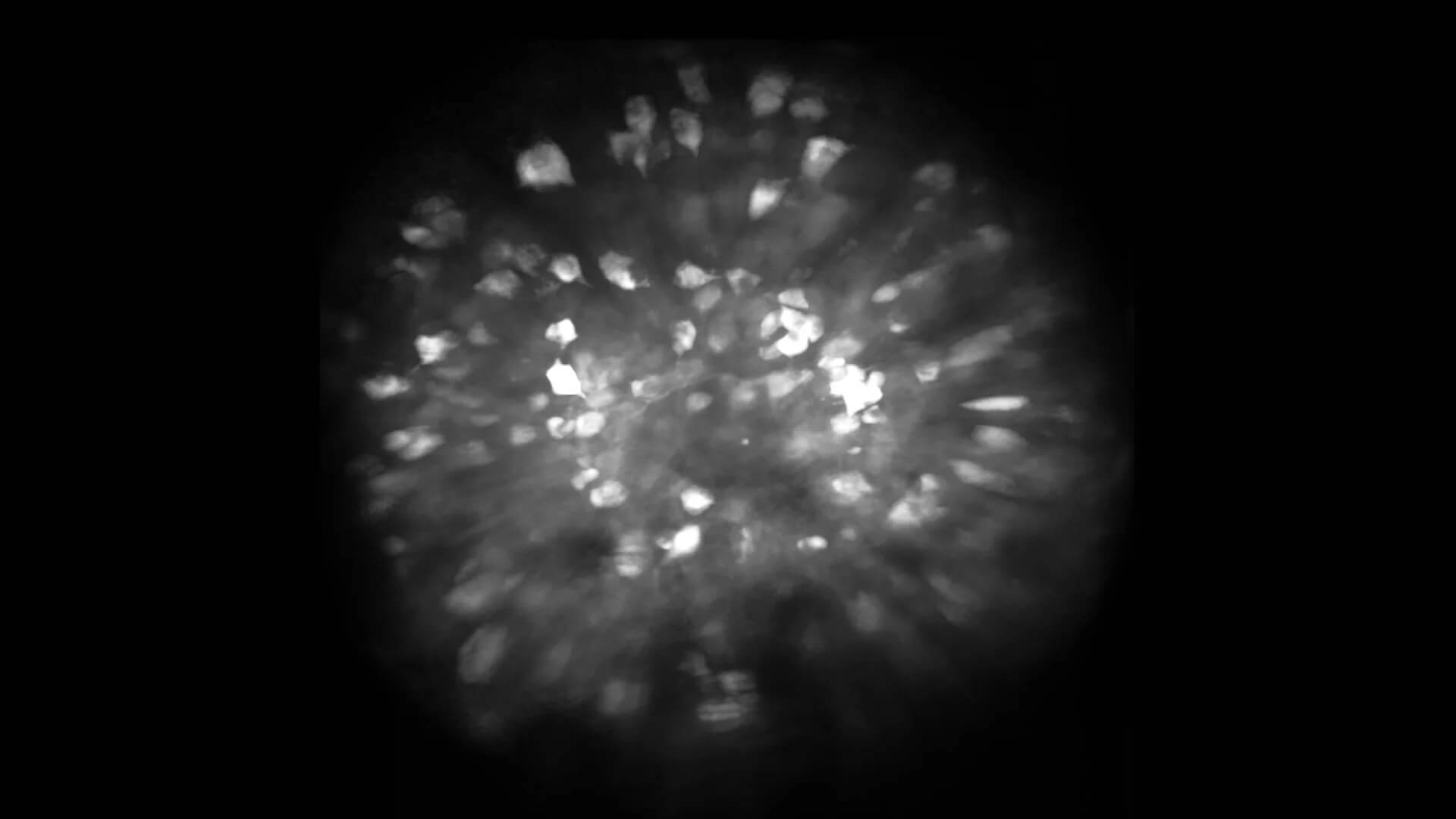LAUREL HOLLOW, N.Y. — A sommelier has a very sensitive nose, able to detect aromas such as citrus, tropical fruit, or flowers from wine. However, when you’re at a restaurant and taking a sniff from your glass of red wine, you might not get those hints and only smell, quite frankly, wine. Researchers now believe they have uncovered the secret behind our ability to distinguish between nearly identical smells, which could help improve artificial intelligence.
In a study led by Cold Spring Harbor Laboratory Associate Professor Saket Navlakha and Salk Institute researcher Shyam Srinivasan, certain neurons in fruit flies and mice were found to play a crucial role in discerning different odors. Scientists also noticed that with experience, another group of neurons aids animals in distinguishing between very similar scents.
This research builds upon the work of former CSHL Assistant Professor Glenn Turner, who, years ago, made an intriguing observation. When exposed to the same scent, some fruit fly neurons fired consistently, while others showed variability from trial to trial. While many researchers initially dismissed these variations as background noise, Navlakha and Srinivasan saw an opportunity to delve deeper.
“There were two things we were interested in. Where is this variability coming from? And is it good for anything?” explains Navlakha in a media release.

To answer these questions, researchers developed a fruit fly smell model. The model revealed that the variability originated from a deeper circuit in the brain than previously thought, suggesting that this variation had a meaningful purpose.
Further investigations showed that some neurons responded differently to two highly dissimilar odors but exhibited similar responses to closely related smells. These neurons were termed “reliable cells” and played a vital role in helping flies quickly distinguish between different odors. In contrast, a much larger group of neurons responded unpredictably when exposed to similar smells, earning them the name “unreliable cells.” These unreliable cells were believed to aid in the learning process, such as identifying specific scents in a glass of wine.
“The model we developed shows these unreliable cells are useful,” notes Srinivasan. “But it requires many learning bouts to take advantage of them.”
This research extends beyond wine connoisseurs. It may shed light on how we learn to differentiate between similar sensory inputs and make decisions based on those distinctions. Additionally, the findings have the potential to improve machine-learning models. Unlike fruit fly and mouse neurons, computers tend to respond consistently to the same inputs.
“Maybe you don’t want a machine-learning model to represent the same input the same way every time,” says Navlakha. “In more continual learning systems, variability could be useful.”
The study is published in the journal PLOS Biology.
You might also be interested in:
- What You Smell Influences The Colors You See, Study Reveals
- Scientists discover why our brain and memories have such a strong link to smell
- Odors boost brain health? Fragrance therapy improves older adults’ memory by 226%

